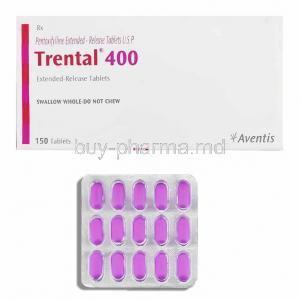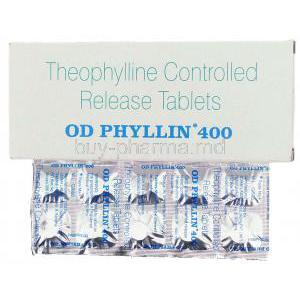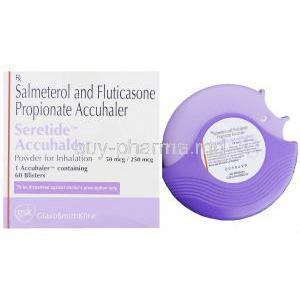Pirfenidone
I. Introduction
Pirfenidone is gaining recognition in therapeutics as a promising option for treating fibrosis. It is mainly used to treat pulmonary fibrosis and has attracted significant interest from healthcare professionals. This article aims to understand Pirfenidone, including its approved uses by the FDA, off-label applications, how it works in the body, and precautions for specific groups of people.
II. Uses of Pirfenidone
a. FDA-Approved Uses
Pirfenidone is an antifibrotic compound primarily authorized to manage Idiopathic Pulmonary Fibrosis (IPF)1. It provides a pathway for treating the disease, and extensive clinical studies have shown its effectiveness in slowing down the decline of lung function2. Here are some references to support this information:
- The effects and safety of pirfenidone in the treatment of idiopathic pulmonary fibrosis2
- Pirfenidone improves survival in IPF: results from a real-world experience1
b. Off-Label Uses
Pirfenidone is an antifibrotic compound primarily authorized to manage Idiopathic Pulmonary Fibrosis (IPF)1. It provides a pathway for treating the disease and extensive clinical studies have shown its effectiveness in slowing down the decline of lung function2. Here are some references to support this information:
- The effects and safety of pirfenidone in the treatment of idiopathic pulmonary fibrosis2
- Pirfenidone improves survival in IPF: results from a real-world experience1
Please note that the accuracy and availability of online content may vary over time.
Regarding the potential use of Pirfenidone in treating liver fibrosis, research supports its effectiveness, although it hasn’t been officially approved yet. Here are some references that provide insights into this topic:
c. Investigational Uses
Different clinical trials are currently underway to investigate the possibilities of Pirfenidone in additional therapy areas.
III. How Pirfenidone Works
Mechanism of Action
Pirfenidone operates by utilizing biochemical pathways, resulting in anti-fibrotic and anti-inflammatory effects.
Anti-fibrotic Effects
The medication helps reduce the buildup of matrix, working to slow down the progression of fibrosis.
Anti-inflammatory Effects
Its ability to reduce inflammation is equally essential as it helps regulate the release of cytokines and growth factors.
Cellular and Molecular Pathways Affected
Pirfenidone can hinder the processes that lead to tissue scarring by regulating signaling pathways.
IV. Composition of Pirfenidone
Chemical Structure
The synthetic ingenuity of Pirfenidone's chemical structure is evident. It plays a significant role in its effectiveness as a pharmaceutical compound.
Formulations Available
- Tablets
- Capsules
Active and Inactive Ingredients
In addition to Pirfenidone, the formulations may include substances to improve stability and bioavailability.
V. Dosage and Administration
a. Recommended Dosage
Although there is an established dosage for adults, there is still a lack of strong consensus when it comes to dosage guidelines for pediatric patients.
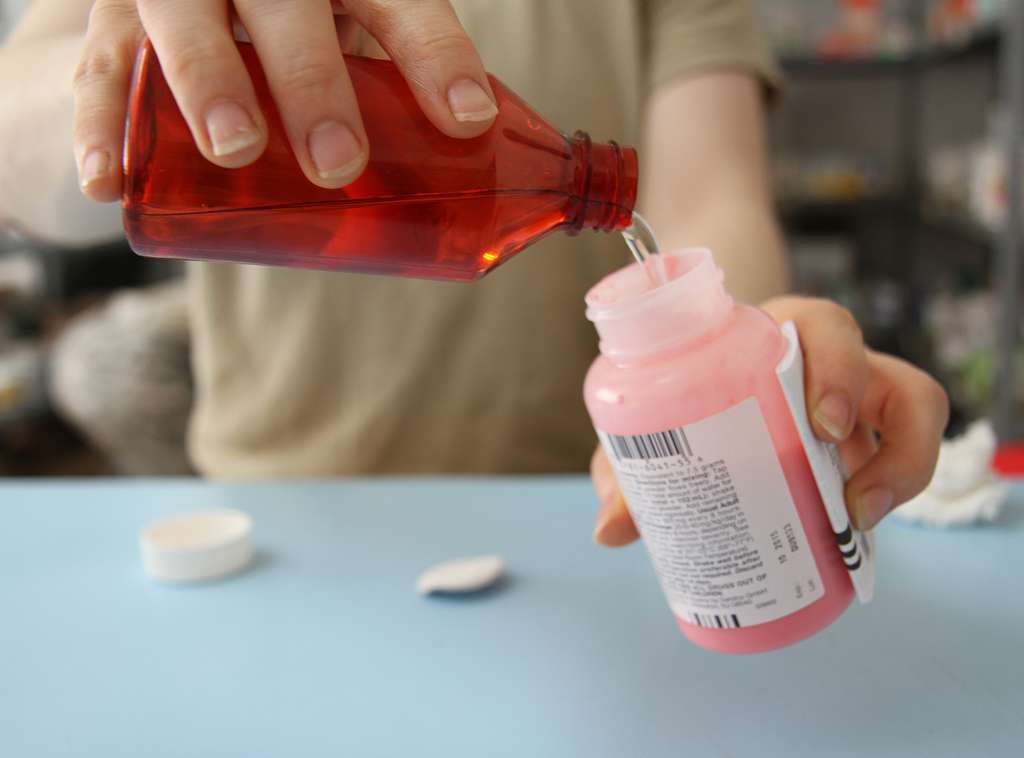
b. Modes of Administration
Oral intake is the most commonly used method as a component of a comprehensive treatment plan.
c. Titration Schedule
Usually, when starting Pirfenidone, doctors gradually increase the dosage to help patients adjust to the medication.
d. Factors Affecting Dosage
Renal Dysfunction; It is crucial to make adjustments in the dosage. Liver Dysfunction: Patients who have liver conditions may need to undergo monitoring.
VI. Side Effects of Pirfenidone
a. Common Side Effects
The side effects commonly reported are nausea, fatigue, and loss of appetite.
b. Serious Side Effects
Liver toxicity is an uncommon occurrence, but there have been some reports of hepatic failure. Additionally, photosensitivity is a side effect that, while not as frequent, still holds importance.
c. Long-Term Side Effects
We should establish monitoring measures to minimize any potential long-term consequences.
VII. Drug Interactions
Interaction with Alcohol
Using alcohol in combination with this medication can increase the risk of liver damage.
Interaction with Other Medications
Anticoagulants They may increase the likelihood of bleeding. Antihypertensives: There is a possibility of lowering blood pressure.
Drug-Food Interactions
Certain types of food may affect how the body absorbs Pirfenidone, so it's essential to be cautious when taking them together.
VIII. Warnings and Precautions
Contraindications
Absolute Contraindications: It is not recommended for use if you have a known allergy or sensitivity to Pirfenidone. Relative Contraindications: If you have existing liver or kidney disease, it is advisable to exercise caution when considering the use of Pirfenidone.
Important Precautions
It is recommended for patients to regularly monitor their liver function and take precautions against photosensitivity by using sun protection. This article aims to analyze Pirfenidone, discussing its various uses, mechanisms of action, and safety profile. As more research is conducted, the range of applications for this medication is expected to broaden, opening up possibilities for therapeutic intervention.
IX. Special Populations
a. Administration to Elderly
When dealing with adults, it is crucial to administer Pirfenidone with great care and attention to detail.
Dose Adjustments
As people get older, their body's ability to process medications changes. It's essential to adjust the dosage because as we age, our kidneys may not clear the drugs as efficiently as they used to. So, it's better to be cautious when prescribing medication for older individuals.
Safety Considerations
Existing Medical Conditions: It is common for elderly individuals to have multiple health conditions that could have adverse effects when combined with Pirfenidone. Interactions between Medications: The use of medications is widespread among the elderly population, which raises concerns about possible interactions, between drugs.
b. Administration to Pregnant Women and Nursing Mothers
FDA Pregnancy Category
Pirfenidone is classified as FDA Pregnancy Category C, meaning some risks may be involved. Therefore, it is advisable to consider using it only if the benefits outweigh the risks to the fetus.
Lactation Risk
There is no information available regarding the excretion of Pirfenidone into human milk. Therefore nursing mothers should be cautious.
c. Administration to Children
Pediatric Safety Data
There is no information about how safe and effective Pirfenidone is for children. Because of this, there is debate about whether or not it should be used in this age group.
X. Handling and Storage
Optimal Storage Conditions
To ensure that pirfenidone's pharmacological properties remain intact, it is crucial to store it under conditions. It should be kept at room temperature away from any moisture or direct exposure, to light.
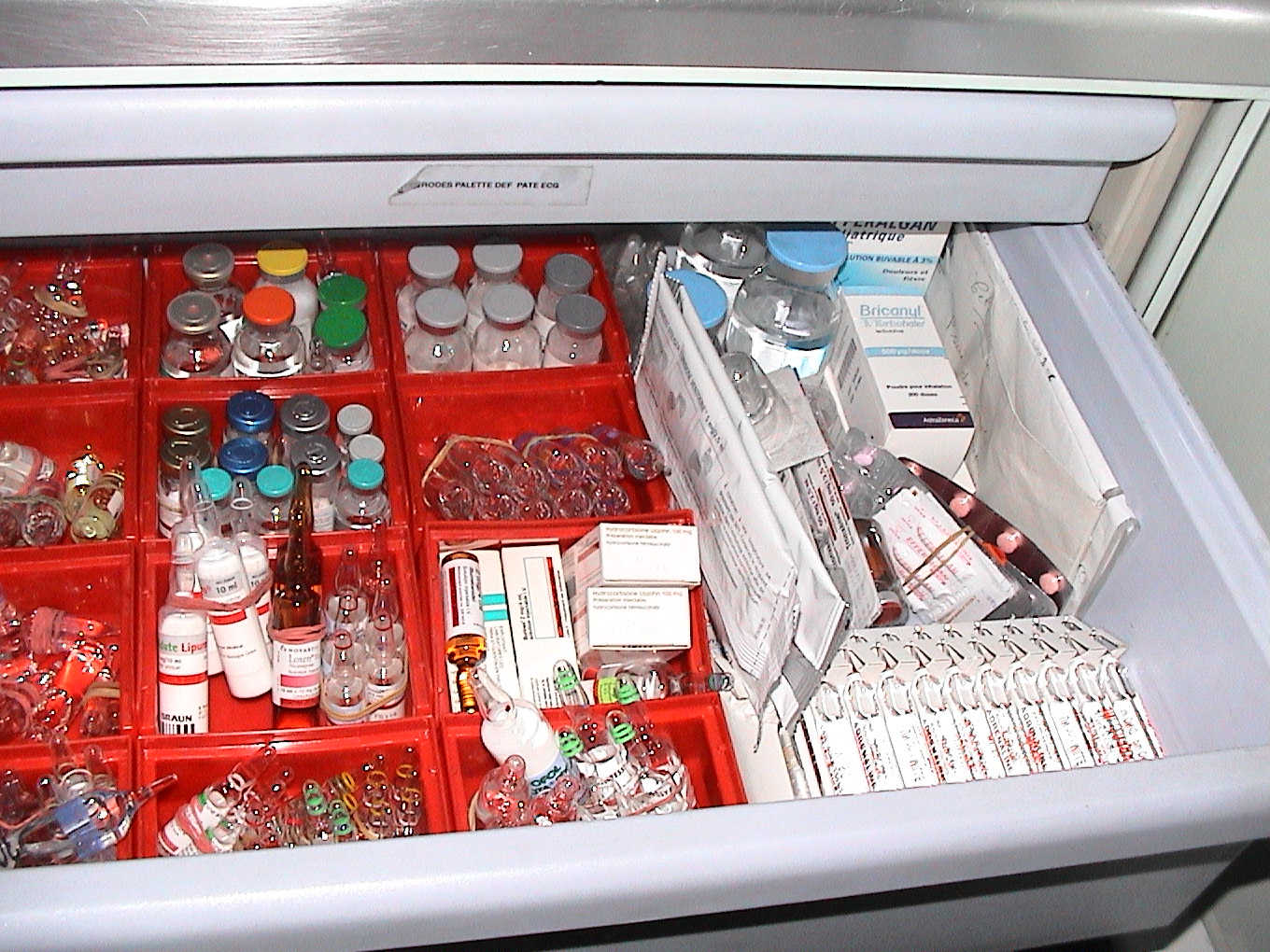
Shelf Life
Typically, the duration for which products remain usable depends on the manufacturer. However, it generally lasts around 24 to 36 months if properly stored.
Handling Precautions
It is important to take precautions when handling tablets especially if they are crushed or broken to avoid any absorption through the skin.
XI. Overdose Management
Symptoms of Overdose
An overdose can appear as intense versions of typical side effects like severe nausea and might even progress to liver toxicity.
Immediate Actions to Take
In case of an overdose, it is vital to seek medical attention. One option that could be considered is inducing vomiting or performing lavage.
Antidotes and Treatments Available
There is currently no known antidote for an overdose of Pirfenidone. It is advisable to provide care and treat any symptoms that arise.
XII. Conclusion
Summary of Key Points
This article aims to explain Pirfenidone, including its uses, potential side effects, and specific precautions that may be required for different populations.
Future Directions in Pirfenidone Research
Ongoing research suggests that Pirfenidone has the potential to be used in a range of therapeutic applications. Further clinical trials are expected to provide clarity on its effectiveness and benefits.
Call to Action for Healthcare Providers
Considering the nature of Pirfenidone's therapeutic characteristics, healthcare professionals must exercise careful discretion when administering it, particularly for specific groups of patients. Ongoing education and attentiveness play a role in achieving the best possible patient outcomes.








